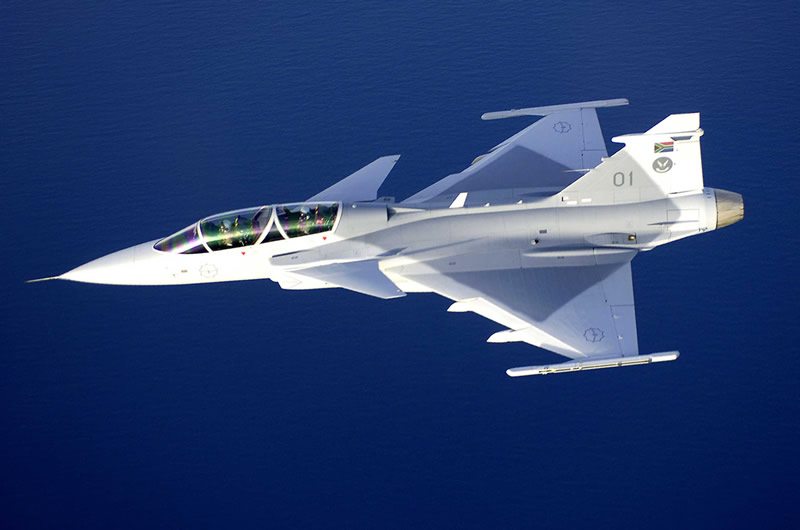Defence and security company Saab has successfully performed the first flight with the new sensor IRST (Infra Red Search and Track) which will feature in Gripen E, according to schedule. The IRST does not emit a signal and can, without revealing the aircraft’s own position, silently detect, track and identify all types of targets.
“The first flight in the Gripen E test aircraft with IRST has been performed with very good results. Multiple targets were detected, tracked and identified and the system works perfectly as expected. IRST is a new sensor on Gripen, which allows pilots to see great distances in several directions,” says Saab’s Wing Commander Flying Hans Einerth.
The purpose of the test flight was to verify IRST functions and the integration onto the Gripen E aircraft. The integration and development work is progressing according to schedule.
IRST is a new sensor and located in the front of the aircraft. It does not emit a signal and can, without revealing the aircraft’s own position, silently detect, track and identify all types of targets and is very useful against aerial targets with low radar cross section, such as stealth aircraft. The sensor is looking forward in a wide sector registering heat emissions from other aircraft, helicopters and from objects on the ground and sea surface.
Gripen E has significant performance improvements compared to previous versions, including a stronger engine, longer range, more weapons, new electronic radar and more advanced avionics. Today, Gripen is the backbone of five nations’ air defences: Sweden, South Africa, Czech Republic, Hungary and Thailand. In addition, The Empire Test Pilot School (ETPS) in the UK uses Gripen in its training programme for future test pilots.
Saab serves the global market with world-leading products, services and solutions ranging from military defence to civil security. Saab has operations and employees on all continents and constantly develops, adopts and improves new technology to meet customers’ changing needs.









